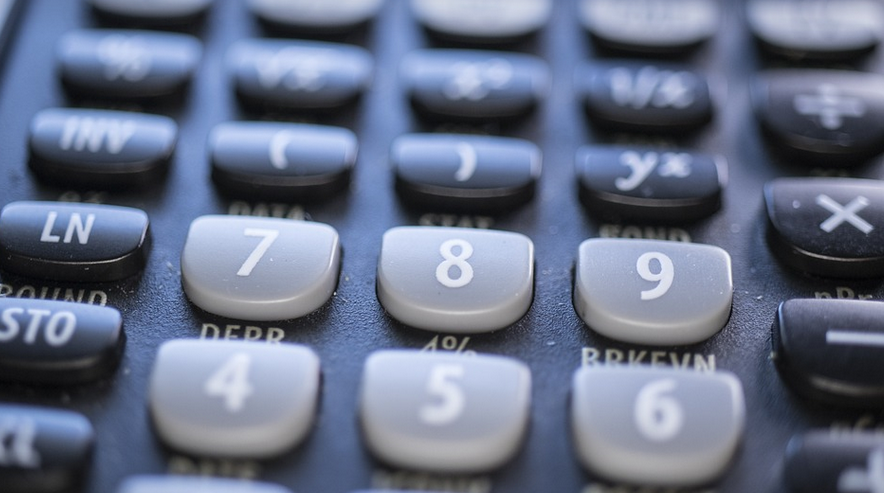Demystifying the “4Ah” Label
Have you ever seen the term “4Ah” printed on a battery, and wondered what it even means? Well, fear not, because we’re about to break down this seemingly cryptic abbreviation into something you can easily understand.
Picture your battery like a tiny generator that stores electrical energy. When you use electricity, it discharges from the battery, like water flowing out of a tap. The “Ah” in “4Ah” stands for Ampere-hour, which is a unit of measurement for how much energy a battery can deliver over time.
To put this in simpler terms, think about your phone’s battery. When you use it to play games or browse the internet, the phone’s internal components draw power from its battery. The higher Ampere-hour capacity of a battery, the more energy it can hold and therefore deliver.
Now, imagine two batteries, one with a “4Ah” label and another with a “10Ah” label. The 10Ah battery is larger than the 4Ah one – meaning it can store and deliver up to double the amount of power!
It’s like comparing a small water bottle to a huge water tanker; they both hold water, but the latter can carry much more volume.
The “Ampere” part of the term (A) tells us how quickly the battery delivers that energy. Think about it as the rate at which electricity flows from the battery to your device – higher Amperage means a faster flow!
So, if you see 4Ah on a battery, you know it’s capable of delivering 4 Ampere-hours of power before needing a recharge.
How does this “200% capacity” translate to real-world use? Let’s take an example: If your phone needs 5 hours to charge fully, and a 4Ah battery can deliver that power for 1.25 hours
So, if you see 4Ah on a battery, you know that it has a capacity of 4 Ampere-hours of power before needing a recharge.
How does this “200% capacity” translate to real-world use? Let’s take an example: If your phone needs 5 hours to charge fully, and a 4Ah battery can deliver that power for 1.25 hours
So, if you see 4Ah on a battery, you know that it has a capacity of 4 Ampere-hours of power before needing a recharge.
How does this “200% capacity” translate to real-world use? Let’s take an example: If your phone needs 5 hours to charge fully, and a 4Ah battery can deliver that power for 1.25 hours
So, if you see 4Ah on a battery, you know that it has a capacity of 4 Ampere-hours of power before needing a recharge.
How does this “200% capacity” translate to real-world use? Let’s take an example: If your phone needs 5 hours to charge fully, and a 4Ah battery can deliver that power for 1.25 hours
So, if you see 4Ah on a battery, you know that it has a capacity of 4 Ampere-hours of power before needing a recharge.
How does this “200% capacity” translate to real-world use? Let’s take an example: If your phone needs 5 hours to charge fully, and a 4Ah battery can deliver that power for 1.25 hours
So, if you see 4Ah on a battery, you know that it has a capacity of 4 Ampere-hours of power before needing a recharge.
How does this “200% capacity” translate to real-world use? Let’s take an example: If your phone needs 5 hours to charge fully, and a 4Ah battery can deliver that power for 1.25 hours
So, if you see 4Ah on a battery, you know that it has a capacity of 4 Ampere-hours of power before needing a recharge.
